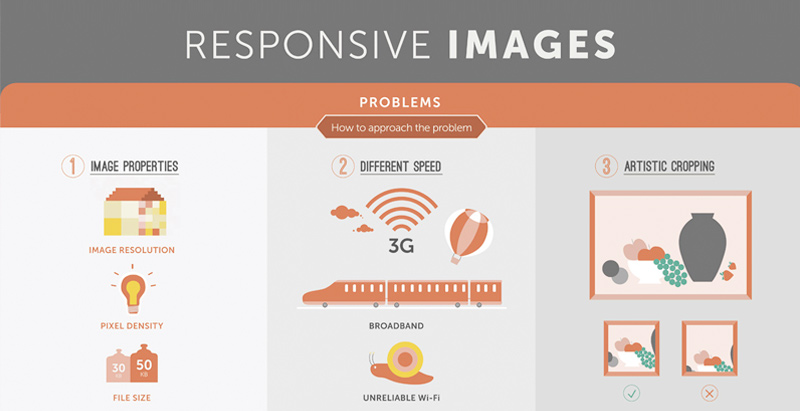Intrigued In Discovering Just How Web Site Layout Has Changed Over The Years? Discover The Development From Fundamental, Simple Styles To User-Centered Strategies That Focus On The Needs And Preferences Of On-Line Visitors
Intrigued In Discovering Just How Web Site Layout Has Changed Over The Years? Discover The Development From Fundamental, Simple Styles To User-Centered Strategies That Focus On The Needs And Preferences Of On-Line Visitors
Blog Article
Web Content Author-Monroe Vangsgaard
In the past, internet sites were straightforward and concentrated on info. Navigation was straight, and layout was for desktop computers. Currently, individual experience is vital. Information guides layouts for very easy navigating. Receptive layouts fit various gadgets. Today, dark mode reduces pressure, and minimalist food selections improve navigation. https://lukasysldw.blogdeazar.com/29999476/unlock-the-full-potential-of-your-web-site-by-using-expert-on-page-seo-methods-to-enhance-your-online-visibility-and-involve-your-target-market-successfully involve customers, and bold visuals stick out. AI assimilation increases involvement. See how layout has developed to improve your on-line trip.
Very Early Days of Web Design
In the early days of website design, simplicity reigned supreme. Websites were basic, with restricted shades, typefaces, and layouts. The focus was on supplying info as opposed to showy visuals. Users accessed the internet through sluggish dial-up connections, so speed and capability were vital.
Navigating food selections were straightforward, usually situated at the top or side of the page. Internet sites were made for desktop, as mobile surfing wasn't yet widespread. Material was king, and designers prioritized easy readability over complicated design elements.
HTML was the key coding language utilized, and designers needed to work within its constraints. Animations and interactive functions were very little contrasted to today's standards. Internet sites were static, with little vibrant content or individualized customer experiences.
Increase of User-Focused Layout
With the evolution of web site layout, a change in the direction of user-focused design concepts has actually become progressively popular. https://thewisemarketer.com/loyalty-strategy/how-to-make-your-next-digital-marketing-campaign-more-empathetic/ , creating sites that focus on customer experience is critical for engaging visitors and attaining service goals. User-focused design involves recognizing the requirements, choices, and actions of your target market to tailor the website's design, content, and features as necessary.
web developer near me perform detailed study, such as individual surveys and use screening, to gather insights and feedback directly from users. This data-driven method assists in developing intuitive navigation, clear calls-to-action, and visually appealing user interfaces that reverberate with site visitors. By positioning the individual at the facility of the design process, web sites can supply a much more individualized and satisfying experience.
Receptive style has actually also emerged as an essential aspect of user-focused style, ensuring that internet sites are enhanced for different devices and display sizes. This flexibility improves accessibility and functionality, catering to the diverse means individuals connect with web sites today. Essentially, https://riverogxpg.blogoscience.com/35968783/explore-the-art-of-developing-compelling-advertisements-deliberately-powerful-headlines-and-influential-calls-to-action-to-accomplish-success-in-pay-per-click-advertising-and-marketing of user-focused layout symbolizes a shift towards producing electronic experiences that focus on the needs and expectations of completion user.
Modern Trends in Website Design
Check out the most up to date trends shaping web design today. One popular trend is dark mode design, providing a streamlined and modern look while reducing eye strain in low-light settings. Another essential trend is minimalist navigating, simplifying menus and boosting user experience by concentrating on essential elements. Including micro-interactions, such as animated switches or scrolling impacts, can create a more interesting and interactive internet site. Responsive design stays critical, guaranteeing seamless individual experiences throughout different tools. Additionally, making use of bold typography and asymmetrical layouts can include visual passion and accentuate particular web content.
Integrating AI technology, like chatbots for client assistance or personalized referrals, enhances customer interaction and enhances procedures. Access has additionally come to be a significant fad, with designers focusing on comprehensive layout practices to deal with diverse customer needs. Accepting sustainability by optimizing web site efficiency for speed and performance is another arising pattern in web design. Working together with customer feedback and data analytics to iterate and improve style continually is necessary for staying appropriate in the ever-evolving electronic landscape. By embracing these modern trends, you can produce an aesthetically appealing, straightforward web site that reverberates with your target market.
Conclusion
As you review the development of website style from the very early days to now, you can see exactly how user-focused layout has come to be the driving force behind modern patterns.
Welcome the trip of modification and adjustment in web design, always keeping the user experience at the forefront.
Stay present with the most recent trends and innovations, and never ever quit advancing your strategy to create visually sensational and user-friendly websites.
Evolve, adapt, and create - the future of website design is in your hands.
